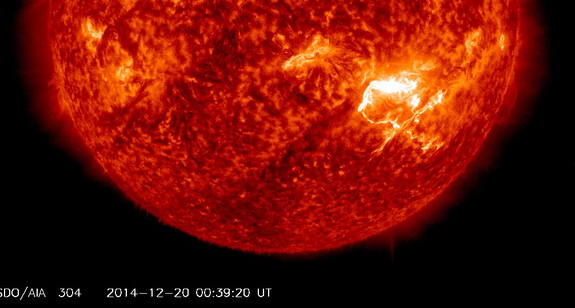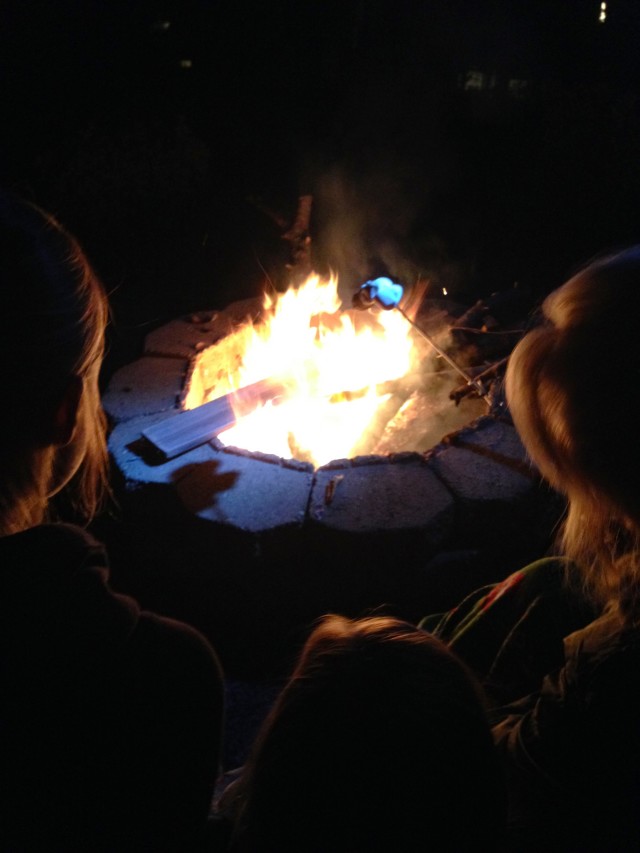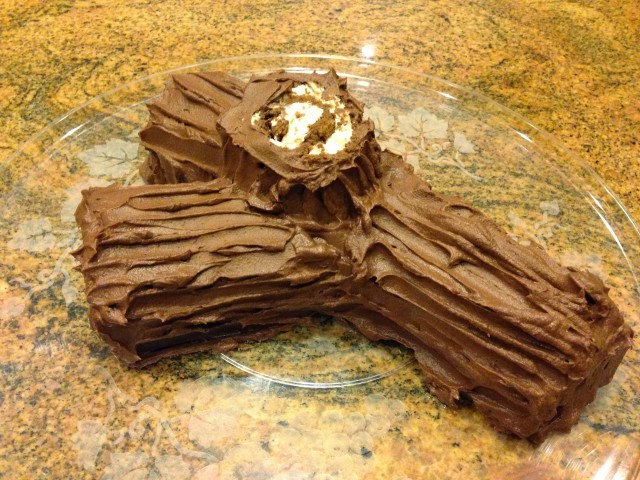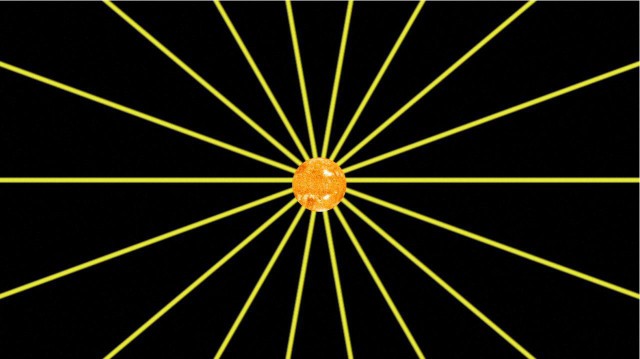December 20, 2014: It’s a dark rainy day as I sit to write about the return of the sun — the winter solstice — the shortest day and the longest night of the year. The sun will be at its lowest point in the sky on December 21st. I miss the sunshine after a few dark days. “Light” is so often symbolic of a good mood that we use that word to describe our feeling of being unburdened. We need the sun. I need the sun. But don’t get me wrong, too much sun at 100 degrees does not agree with my mortal existence. I’m not hoping to move to Arizona.
Recently I was listening to an audiobook by Dr. Weil, called Spontaneous Happiness. In it, he describes how much he loved living in Oregon, but the gloomy days that went on and on bothered him. He now lives in Arizona, and his mood is lighter and happier. The dark days can make you feel down and gloomy. The sunshine revives your spirit. We can’t live without light. It actually affects our cells.
I guess that’s one reason we should embrace the ancient celebration of the winter solstice — the return of the sun. December 21st marks the day we begin to get a little more sunlight each day (for those in the northern hemisphere). Even though our government changes the time with daylight saving time, they cannot change the hours of sunlight set forth by the mechanics of our solar system.
Last year we had a bonfire in the backyard to mark the day. However, I forgot to save a piece of the log we burned in the fire for this year. Tradition says that you should start the next year’s fire with a remnant from the year before. It’s supposed to ward off evil and bring you something good — prosperity and protection. Saving a remnant has symbolic meaning for me. I believe that there will be a remnant saved and protected from evil by the Lord in the last days.
I tried my hand at baking a Buche de Noel — a Yule Log cake because I love chocolate cake.
In my opinion, there’s nothing sacrilegious in celebrating these so-called pagan holidays. Behind all of the festivities lies the truth. Hugh Nibley has written that.
It took place at the turn of the year when the sun, having reached its lowest point on the meridian, was found on a joyful day to be miraculously mounting again in its course; it was a day of promise and reassurance, heralding a new creation and a new age. Everywhere the great year festival was regarded as the birthday of the whole human race and was a time of divination and prophecy, marked by a feast of abundance in which all gave and received gifts as an earnest hope of good things to come.
The skies show forth signs if we take the time to look above and reflect on all the symbols of the Son. And on the day of the winter solstice, the sun is at its greatest distance from the celestial equator. And then it begins to return.
Here’s my list of things you can do on the winter solstice.
Our 2013 festivities:
(I think the grandkids managed to squeeze roasted marshmallows into the celebration)




